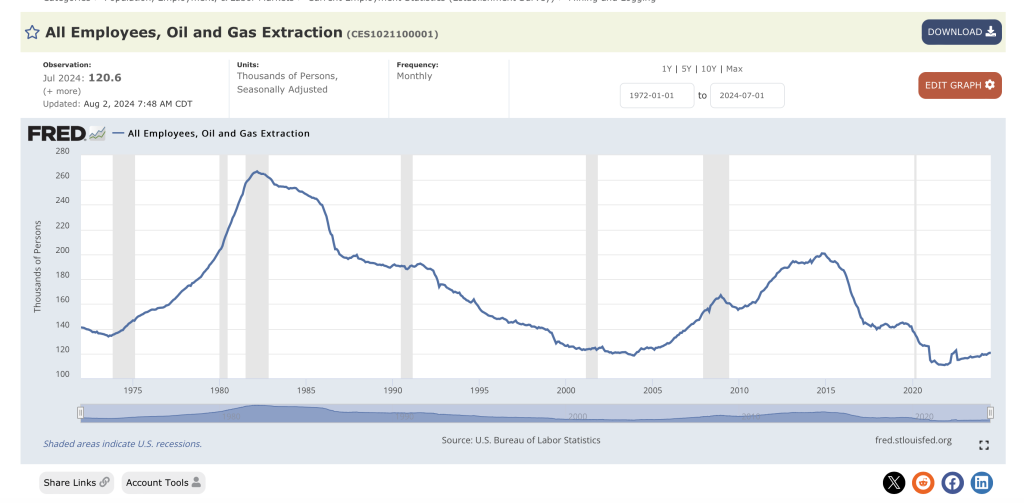Don’t use satellites and regulations as delay tactics

Sitting on a stone bench on my Wise County farm.
Way back when I lived on a farm in Wise County Texas watching fracking pioneer George Mitchell experiment with combining horizontal drilling and hydraulic fracturing to produce oil and gas from shale, I noticed horrible smells coming from the drilling/fracking sites. I complained about the emissions and learned about their chemical compounds. The industry told me to stop worrying about that because they could solve the emission problem. I believed them so I waited.
I believed them so earnestly that I helped write a white paper, Drill Right Texas on how Texas could do fracking and drilling right. It was a long time ago and I was naive.
For many years I waited for the industry to stop their emissions. I also tried the regulatory route for fifteen years. I tried speaking at EPA hearings, writing comments and filing complaints with regulators. Those regulators and some environmental NGOs worked with the industry in what they called “carrots and sticks.” The carrots, like the EPA’s Natural Gas STAR Program were never enough. The industry installed technologies on a few sites for the honor of being listed as a STAR. But it didn’t change their overall operations. The sticks added up to the cost of doing business–small fines that were a rounding error to their bottom line. I stopped believing their promises years ago. Unfortunately, too many still believe and still wait for the industry to stop the emissions —which they are still promising to do.
Now we watch the emissions from space. I visit sites that show up year after year on satellites and flyovers. I sometimes use the flyover images and information with tables listing my visits and OGI videos month after month and year after year in complaints sent to the regulatory agency. Nothing changes. There is no more time to wait. We are far behind schedule.
Cutting methane emissions from the energy sector by 75% by 2030 is one of the least cost opportunities to limit global warming in the near term. Strong reductions in both energy sector CO2 and methane emissions are essential to meeting the 1.5 °C goal.
International Energy Agency: Net Zero Roadmap: A Global Pathway to Keep the 1.5 °C Goal in Reach
Watching methane from space has not stopped methane
Satellites do not stop methane. MethaneSAT entered center stage with so much hype that it’s like everyone is on a sugar high—the public desperately wants a solution to the methane crisis. I like candy too but… there is much that the public needs to understand about satellites starting with GHGSat which was launched in 2016. With 12 satellites working to quantify emissions and pinpoint the operator responsible, GHGSat is the most sophisticated network of satellites. However that data is sold to the industry. So if they were going to stop methane by using satellite data, methane levels would be going down right now, as the industry has access to the best data available.
The UN International Methane Emissions Observatory (IMEO) aggregates public information from several satellites. Their website says: “IMEO exists to provide open, reliable and actionable data to the individuals with the agency to reduce methane emissions.” No one seems to be taking action on the data they provide. Our research verified 22 releases in 11 months from May 2023 through April 2024 by the IMEO at a small midstream facility in Martin County Texas. The former WTG site is now owned by Energy Transfer. We visited it twice in June 2024. I documented one of the biggest clouds of emissions I’ve seen in over 10 years. Every piece of equipment I could see was emitting. I sent a note to the EPA about it. I guess we will find out if any action was taken the next time I return. But why wasn’t it addressed after the first sighting by a satellite?

22 plumes detected by satellites at the Energy Transfer’s North Permian Midstream Facility from May 1, 2023 to April 30, 2024.
Satellites are limited. Last March we were in the Permian for 6 days under heavy cloud cover. Methane was blasting out everywhere — satellites can’t see when it’s cloudy. Most of the satellites rely on solar backscattering which means that these satellites cannot function at night. They also can’t function if there is significant interference with the trajectory of sunlight (cloud cover, dust storms, fog, rain, over dark surfaces like the ocean). Wind–it’s windy in west Texas–can also cause too much noise in data to get accurate readings. There are also limitations with orbit and revisit times. MethaneSAT circles the earth 15 times in a day but the revisit time in any given area is 3-4 days. A lot can happen during that time lapse.
We aren’t against satellites. We are against satellites being used as a delay tactic. The industry has claimed they embrace more monitoring and satellite technology because they need to “know where the methane is coming from.” They say this with a straight face when they have had access to that data since 2016. Unless we stop drilling new holes, satellites are just another delay tactic.
Regulations as a delay tactic
We are not against regulations. We are against regulations used as a delay tactic. However, there is no system in place in the U.S. to adequately regulate the oil and gas industry. Our current regulatory system is largely based on self-reporting and that has utterly failed. A recent Bloomberg article referred to the oil and gas industry oversight efforts in Texas as having a “famously light regulatory touch.” Which is probably an understatement. Presenting the new EPA methane rules with their Exxon-sized loopholes as a solution without developing a real plan to regulate and without seriously beefing up state regulatory agencies with workforce and tools is another delay tactic.
Take the New Mexico methane rules for example:
“If your destination is to pass laws and never enforce them, then I guess we’re successful,” Kenney says. Nevertheless, following his presentation to the House Appropriations & Finance Committee last week, he says that he is “definitely optimistic” that there will be more funding for enforcement. Source New Mexico
“The results of our federal and state oil and gas investigations are cause for alarm, with a meager 40% compliance rate,” New Mexico Environment Department Cabinet Secretary James Kenney said. “With the impacts of climate change ravaging our state and air quality degrading, we have no choice but to increase sanctions on polluters until we see a commitment to change behavior.” EPA News Release
Oil and gas production spreads out everywhere! How many investigators/inspectors would we need to visit the sites often enough to make a difference? It would take an army! Who pays the salaries for that army? Who buys the vehicles and other equipment needed?
The rules depended on technologies that we find failing all the time. I am not saying these technologies can’t work, I’m saying they don’t work. Part of the reason for failure is they need maintenance. Workers I correspond with who install these technologies say monthly monitoring, cleaning and repair is needed for them to work. How will that happen while the industry is dramatically reducing the workforce?
Without an army of motivated regulators armed with the equipment, regulation is a delay tactic. We also need strong enforcement with meaningful penalties and criminal charges with jail time for repeat offenders.
The industry publicly embraces regulation because they know it’s not realistic. And, even so, they fight it at every step. Meanwhile we are poking more holes and building more infrastructure that will go unregulated.
Methane is a volatile gas that they put inside steel infrastructure. Physics demands releases of the gas as it volatilizes “to protect equipment.” Currently, there is no magic bullet that makes it possible to produce oil and gas without releasing methane. That is why the industry, on one hand, claims they have stopped the pollution, while, with the other hand, they beg for more permits to pollute. The required permits to pollute are freely given, each allowing them to pollute tons of pollution each year.
There is no more time to delay. The best way to reduce methane is to keep it in the ground. We must stop allowing the industry to freely expand and we must rapidly transition to clean, renewable energy.

Thanks, Sharon, for documenting the performative quality of regulations. Everyone clearly understands that oil and gas producers will continue serious methane and other pollution as long as they are allowed to operate. The only regulation that will stop it is shutting them down and leaving it in the ground.